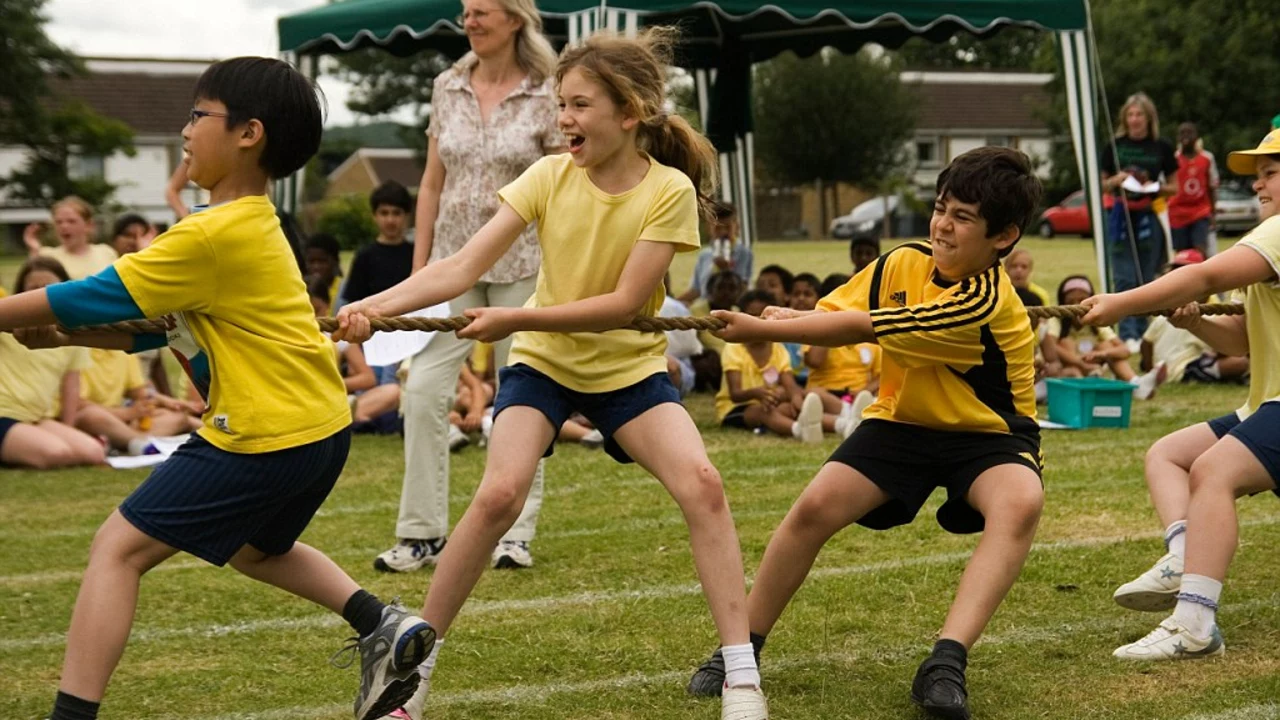Education and Sports: Balancing School and Two High School Sports
Want to play two sports in high school without tanking your grades or your energy? You can—if you plan, communicate, and prioritize. This page gives clear, practical steps to make playing two sports work with your studies and life.
First, be realistic about why you want both sports. Are you aiming for college recruitment, staying fit, or just enjoying two activities? Your reason affects how much time and effort you should expect to put in. If college is the goal, one sport may need to get more focus. If enjoyment and variety matter more, keep things flexible.
Plan Your Time
Look at your weekly schedule like a coach. Mark school hours, practice times, games, travel, and homework blocks. Use a weekly calendar and set non-negotiable study times. Short, focused study sessions after school or between practices beat long, tired marathon sessions. Try 25–40 minute focused study blocks with short breaks.
Talk to your teachers early in the season. Let them know you play two sports and ask how to handle missed classes or tests. Teachers usually appreciate the heads-up and may offer make-up plans. Don’t wait until you miss something—communication prevents stress.
Manage Energy and Prevent Burnout
Two sports mean more physical load. Sleep and nutrition are non-negotiable. Aim for consistent bedtimes and meals that fuel training: lean protein, carbs for energy, and plenty of water. Use rest days wisely—active recovery like light walking, stretching, or mobility work keeps you fresh without losing fitness.
Watch for signs of overuse: persistent pain, constant fatigue, or sudden drops in performance. If these show up, speak to your coach and a trainer. Swapping hard sessions, reducing repetitions, or combining conditioning across sports can help reduce injury risk.
Communicate with both coaches. Share your school deadlines and practice conflicts. A coach who knows your limits can adjust drills or offer make-up work. If both coaches resist, decide which sport gets priority for that season and be honest about your choice.
Use smart practice habits. Focus on quality over quantity—work on game skills and decision-making rather than extra hours of drills that add little value. Cross-training benefits both sports when movements overlap, like speed and agility for soccer and basketball.
If college sports are on your radar, keep clear records: game stats, highlight clips, and academic grades. Recruiters look for reliable athletes who also handle schoolwork. A consistent academic record with good communication shows maturity.
Finally, remember why you play. If either sport becomes a dread, reevaluate. Dropping one temporarily to protect academics or mental health is not quitting—it's smart management. With honest goals, clear planning, and steady habits, you can enjoy both sports and keep your grades on track.
